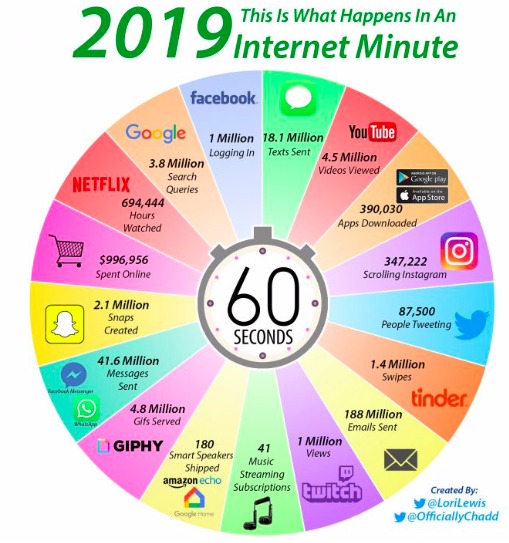It is almost 2020. In less than a month we will have in front of us the promise and potential of an entirely new decade, brands must use that potential to grow and stay relevant or else they will falter and fade into irrelevancy. Managing your brands’ presence online is going to be incredibly important in the coming years and I’ll give you my number one tip on how to manage it and tell you why you really need to be doing this.
We live in a world where if a scandal becomes public your company can suffer incredible damage monetarily from distrust or anger from the general public. Sometimes it doesn’t even have to be a scandal, like when Zion Williamson’s shoe broke during one of his basketball games at Duke. The morning after that game Nike’s stock went down an entire percent, roughly $1.12 billion dollars. Nike had to be quick to jump on this issue to prevent further loss. The very next day Nike sent a team over to Duke, talked to zion about the shoe and then that same team on the same day, flew to one of Nike’s factories in China. That, is how you handle an issue, keep that in your head as an example of how to handle a crisis.
Hopefully, you won’t need to though, because you’ll be following my recommendation on how to better manage your brand online. Preventative maintenance. Try your hardest to not even let there be a scandal or problem that can damage your brand’s image. Moving the candle away from the paper curtains is a lot easier than putting out a fire. You may be thinking “most brands probably already do that”, and you’d be correct in some ways but very wrong in others. Brands are actually incredibly good at finding new ways to get themselves in trouble. Take the brand North Face, for example, earlier this year they replaced tons of images on popular Wikipedia pages with their own images featuring people in North Face gear. Manipulating the Wiki articles like this boosted these photos to the top of google image searches providing free exposure for their brand. The world probably wouldn’t have noticed for quite a while except North Face actually made an Ad boasting about this “advertising campaign”. That quickly managed to piss off quite a bit of people including Wikipedia themselves.
If a scandal or problem does arise with your company learn from Nike, get on it As Soon As Possible. You must make an informed decision and act as soon as possible. Apologize honestly and openly and assure people that this won’t happen again, and mean it when you say that. Depending on the magnitude of the scandal the public is generally willing to forgive you once. But do not test them a second time, you will not come back from breaking their trust twice. When it comes to preventative maintenance, learn from the North Face. Everybody from the CEO down needs to have a clear moral compass and honestly try their hardest to follow it, don’t cut corners and don’t betray people’s trust in you. The simplest way to solve a crisis is to try your hardest to make sure it never happens.



